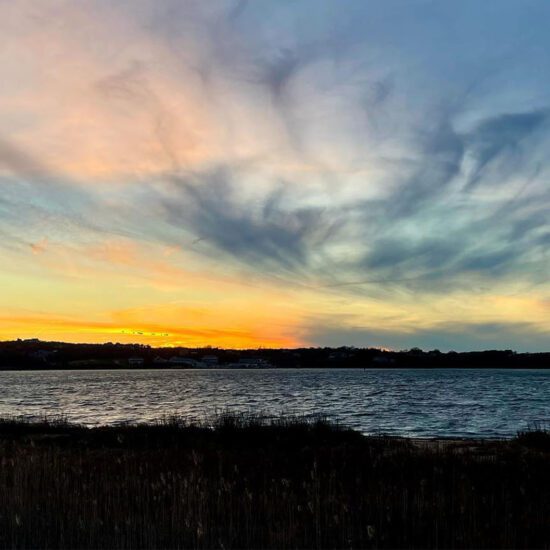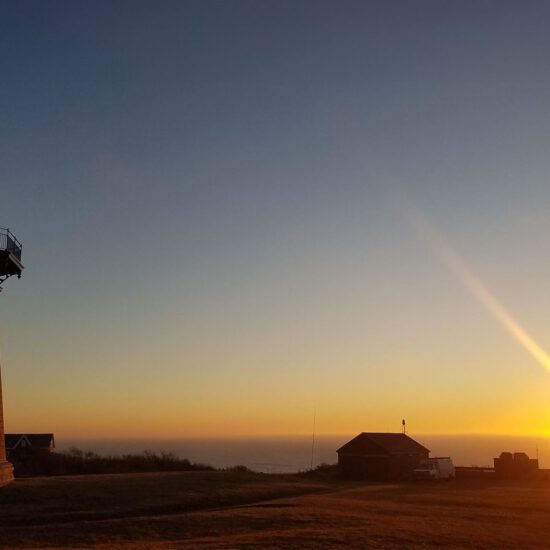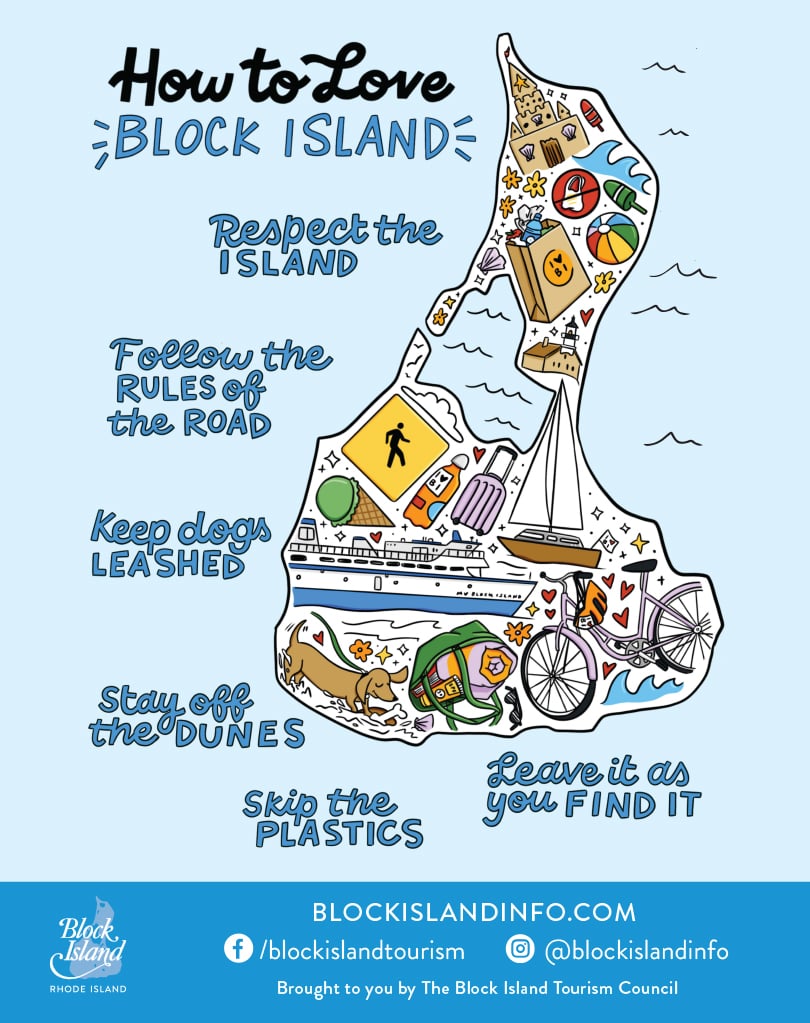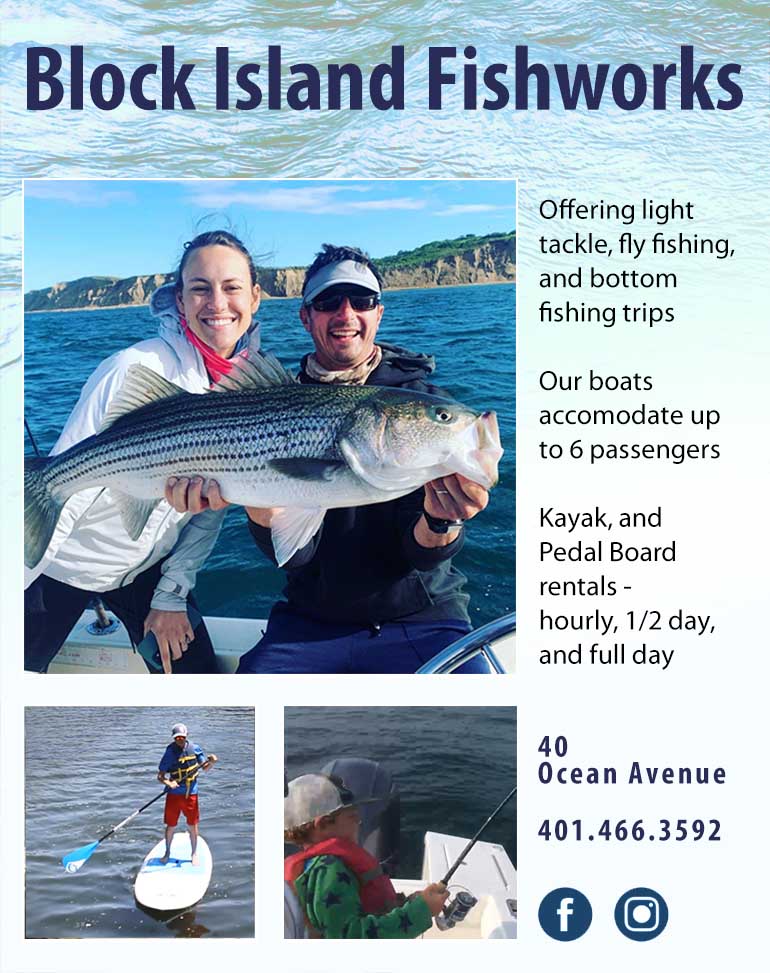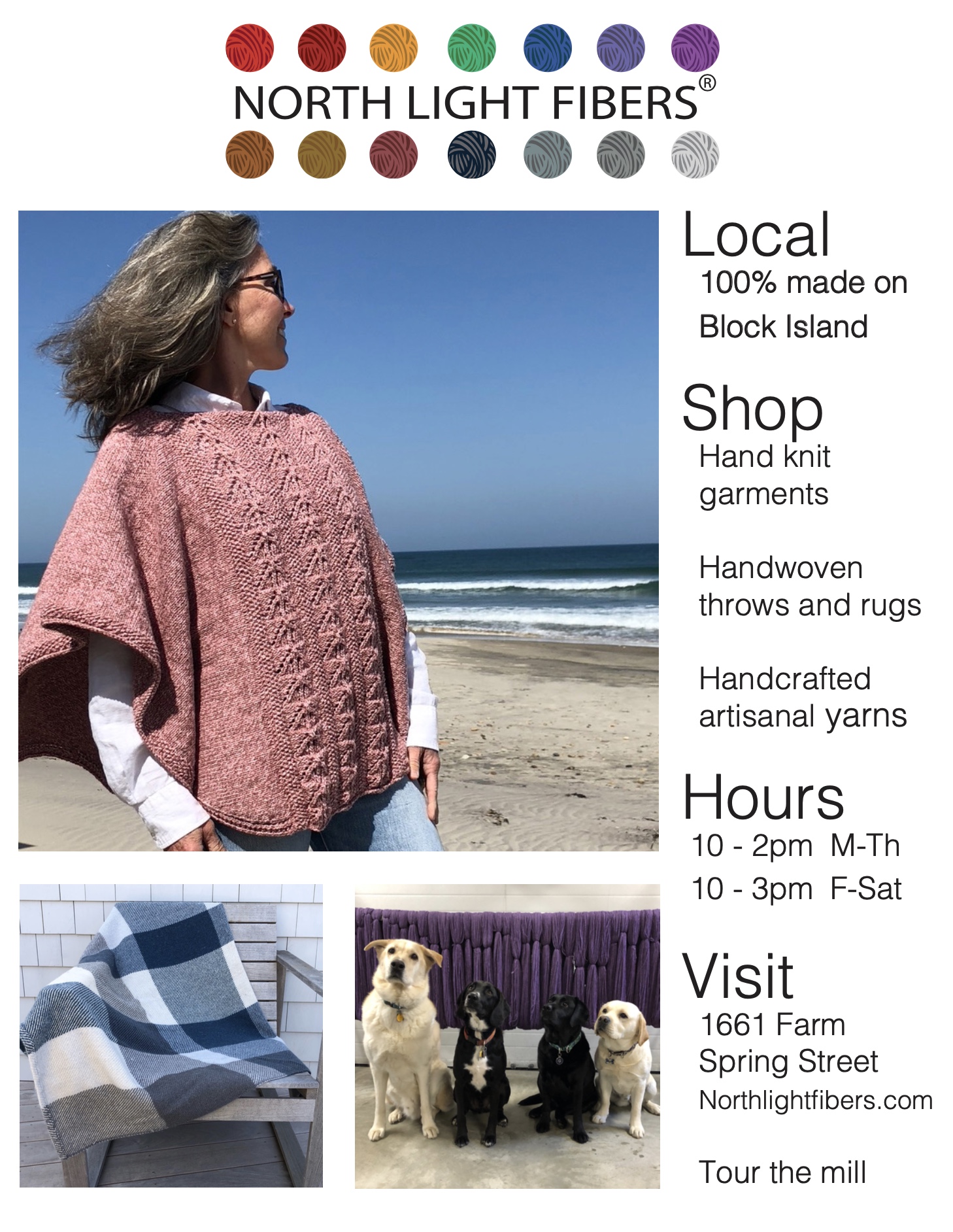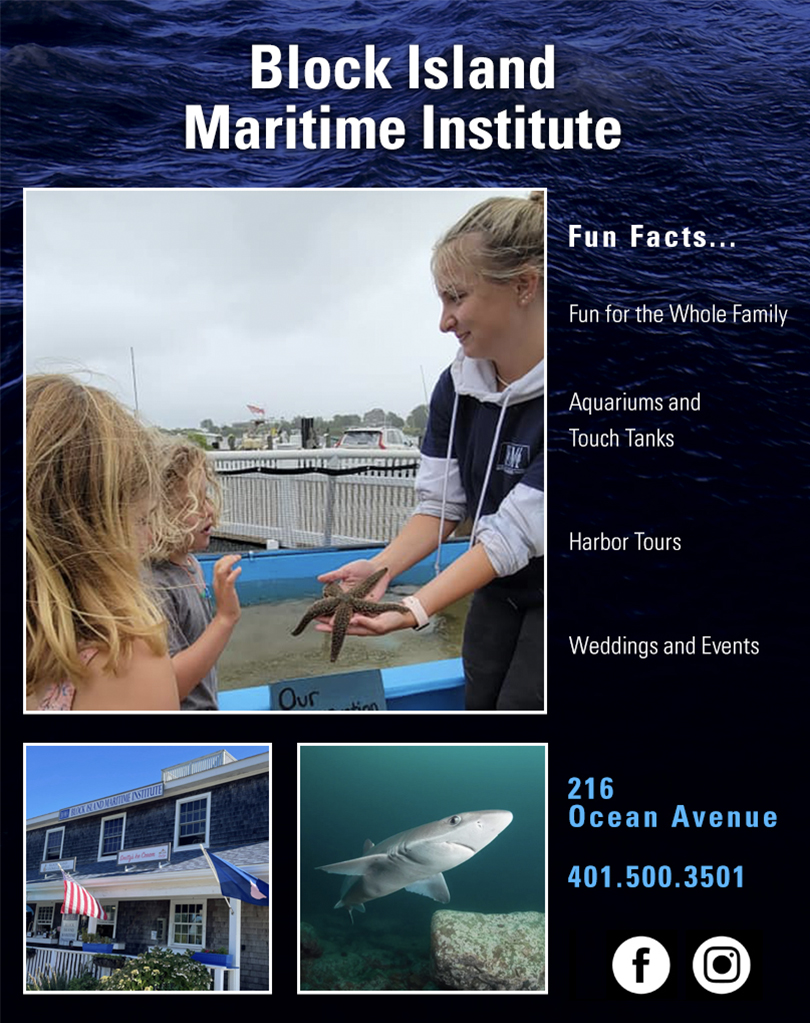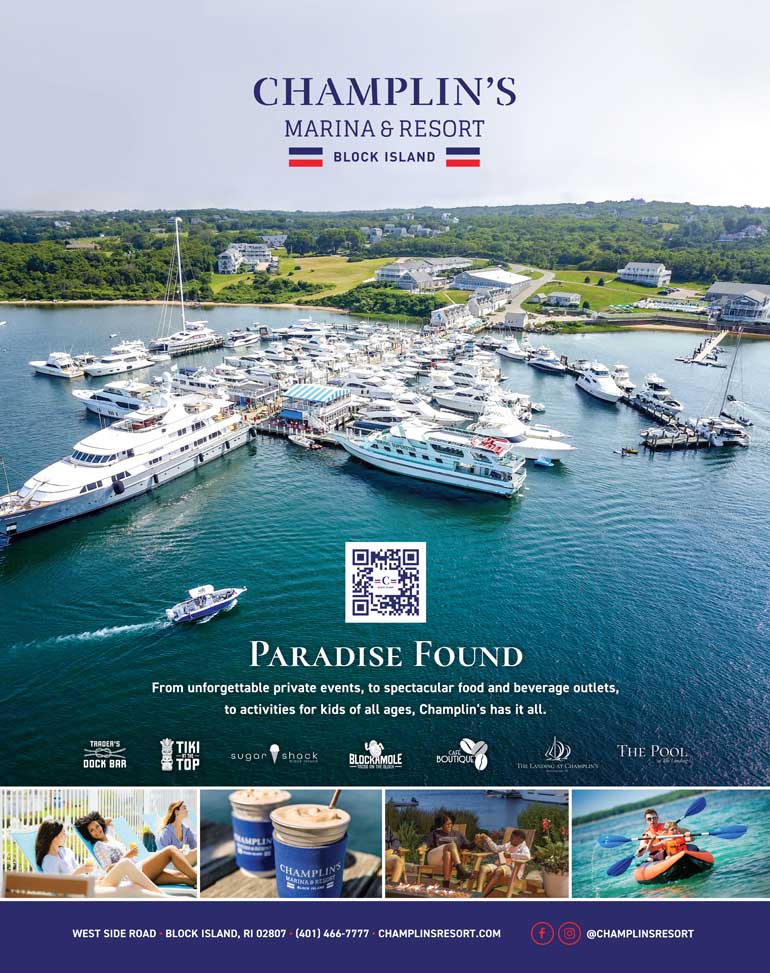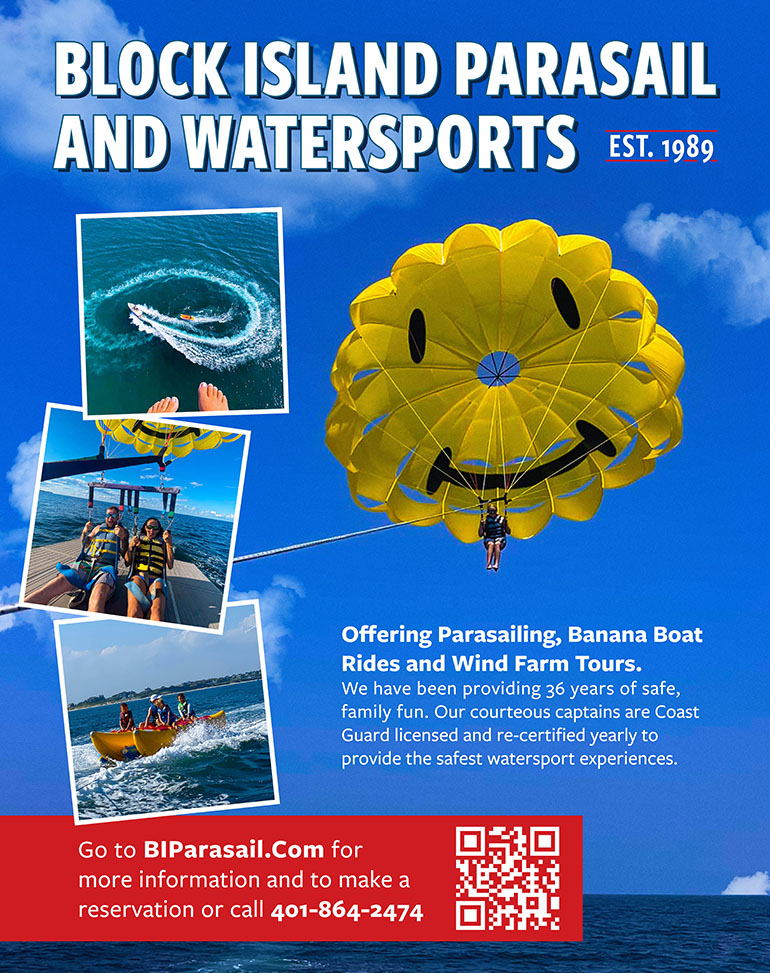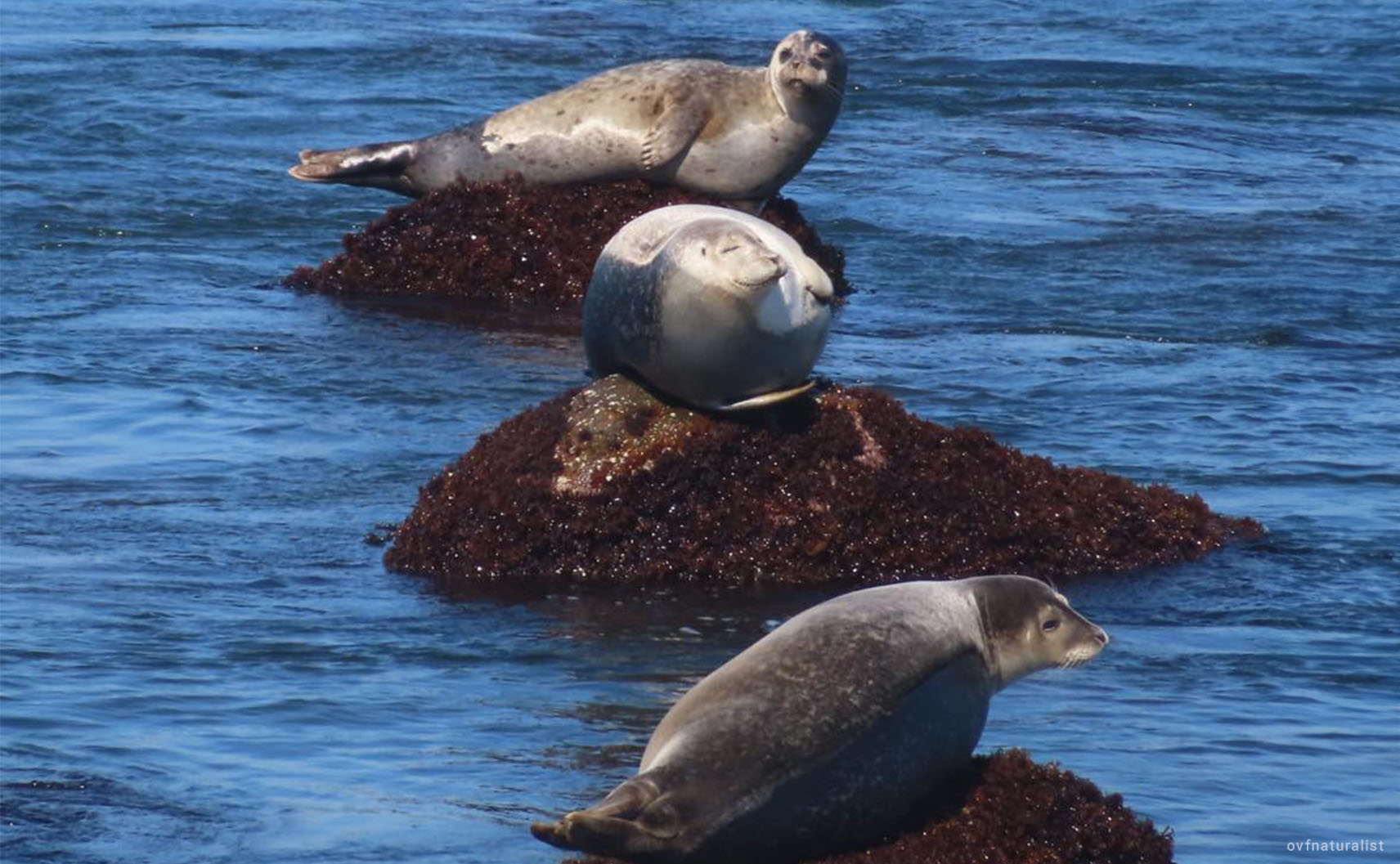
Let’s Go Look at Seals!
Some of the older folks who read these blogs remember a time in our youth when there weren’t that many wild animals around southern New England. Sure, we had the regular squirrels, songbirds, and raccoons, but we never really encountered any of those more “obscure” animals that’s we’d see on TV. Today we’re seeing many more species in our daily lives. From falcons and bald eagles to coyotes and fisher cats as well as bears and bobcats, wildlife seems to be returning to Rhode Island!
One of the more exciting creatures that we now get to regularly see are seals. They are found all over Narragansett Bay, including Bristol, Warwick, and Newport. But one of the best places to check out these animals is right here on Block Island! Winter is the best time to see these amazing creatures so we’ve created a little guide so you can prepare and make the trip.
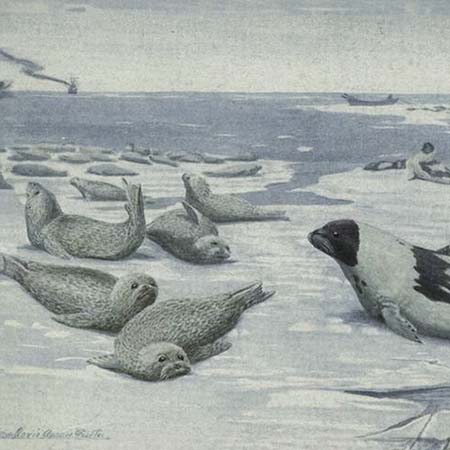
A Quick History Lesson
Before America was colonized by European settlers, seal numbers in New England were astronomical. When the colonists came to these shores, however, these animals were hunted in great numbers for their meat, oil, and leather. By the mid 1800s, their numbers were drastically reduced.
In time, the use and demand for seal-based products diminished. However, the hunting of seals did not stop. In the earlier 20th century, bounties were put on these creatures for population control due to destroyed fishing nets, sealworms (a parasite passed from crustaceans, to fish, to seals, and back to the crustaceans), as well as the unfounded notion that they were depleting local fish stocks. To top it all off, there were little to no water pollution laws in place at that time making some areas devoid of any type of marine life.
There was a light on the horizon, though. In 1972, two major pieces of legislature were passed: the Marine Mammal Protection Act and the Clean Water Act. These laws set up protection rights for the seals as well as ensuring cleaner marine biomes. Around 30 years ago, you would not see a seal in Narragansett Bay. Today, they are returning and thriving in the area.
Types of Seals
In Rhode Island and Southern New England, chances are you will see three types of seals: harbor seals, gray seals, and harp seals.
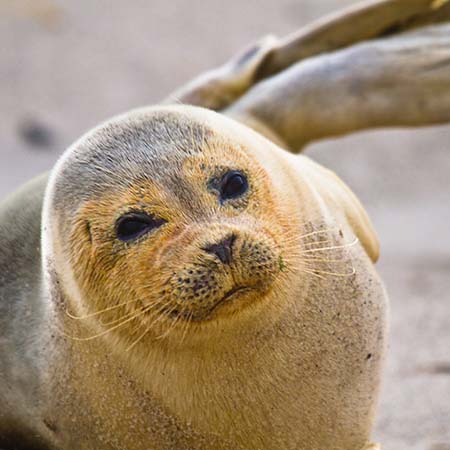
The species you would most likely run into in Rhode Island is the harbor seal. In fact, it is the official state marine mammal! What is wonderful about these animals is that they regularly return to the same locations at the same time year after year, so you’ll always know where to find them. They’re about 5 ½ to 6 feet long with light grey, brown, or black fur covered in spots. The have a rounded head with a short-snouted puppy-dog face and nostrils that are close together and look like a letter V.
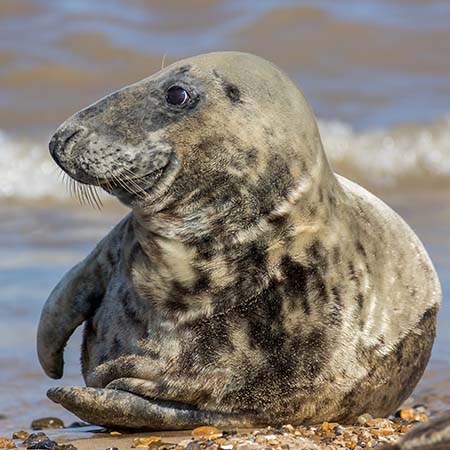
The second most likely type you will see is the gray seal. These guys are slightly larger than the harbor seals coming in at 7 to 9 feet long. The males have dark fur with light patches while the females have light fur and dark patches. Their pups have a white or yellow coat. The way you distinguish a gray seal from a harbor seal is by their snouts. While harbor seals snouts are short, gray seals have an elongated snout with a flat or convex profile.
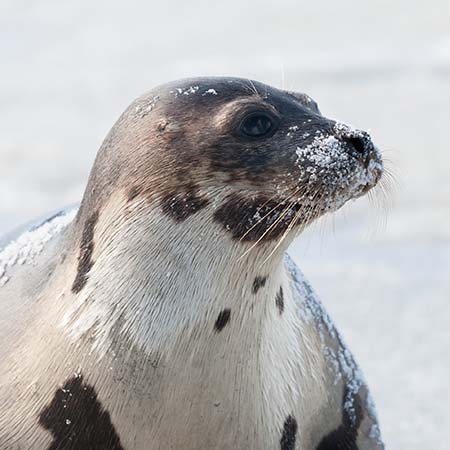
Finally, we have harp seals. It is very rare, although not impossible, to see these seals in this area. These creatures prefer the North Atlantic and Arctic, specifically near Newfoundland. However, periodically they have been observed in our waters. While these seals have the same face shape and body length as the harbor seals, they can be easily identified by their silver-gray body with a black face and a black inverted V marking on their backs.
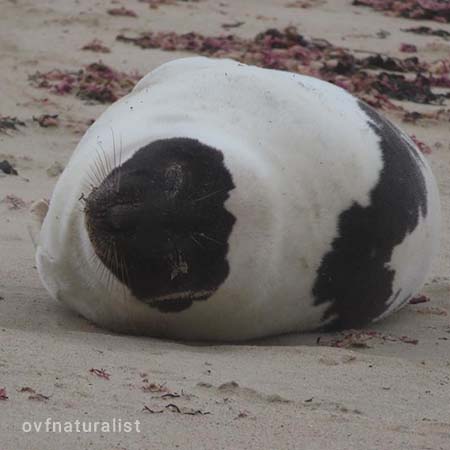
Where (and How) to See Them
In Narragansett Bay, these seals are found in the greatest numbers in mid- to late winter, specifically in March. The most likely locations you will be able to see these seals on Block Island would be at Sandy Point, Old Harbor Point, or Cormorant Cove.
When you go seal watching it is important that you bring a few supplies. Warm, water-resistant jackets, pants, and shoes would be suggested since you’ll be close to the winter sea. Seals are very wary of humans so chances are you will not be able to get close without them retreating to the ocean. We suggest viewing them from a distance by bringing a pair of binoculars or, if you plan on photographing them, a telephoto lens.
If for some reason, you find yourself close to these creatures, do not touch, feed, or harass them. Disturbing seals in this way causes undue stress on the animal which could lead to negative impacts on their health. These seals are still protected under the Marine Mammal Protection Act and those who violate these rules will be prosecuted. Also, if you come across a pup, leave it alone! You do not want to suffer the wrath of an angry mother seal.
Observing these beautiful creatures is a wonderful experience for visitors of any age. It’s one thing to watch wildlife documentaries about these marine mammals but a completely different experience seeing them with you own eyes. So, come to the island and check them out soon because when spring comes they’ll be gone!
See some seals and Sail Away!


